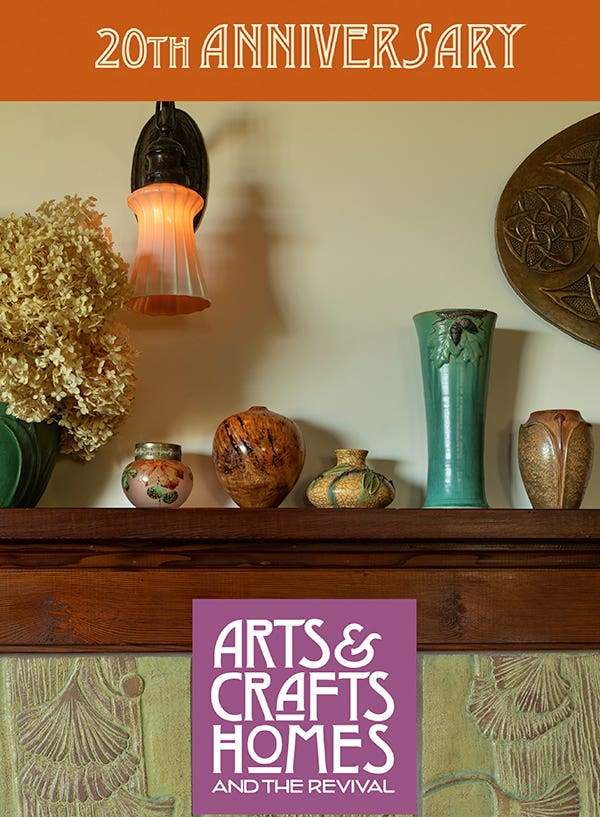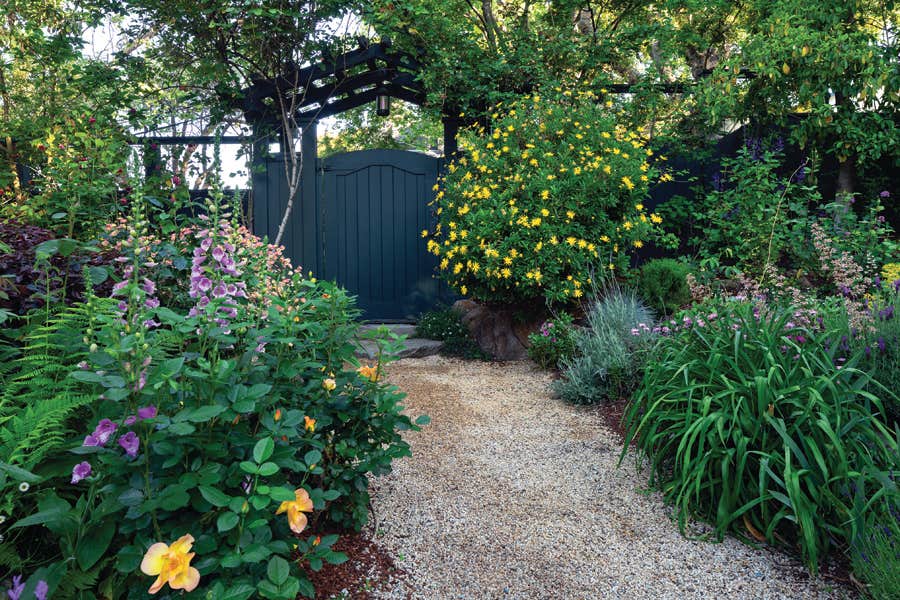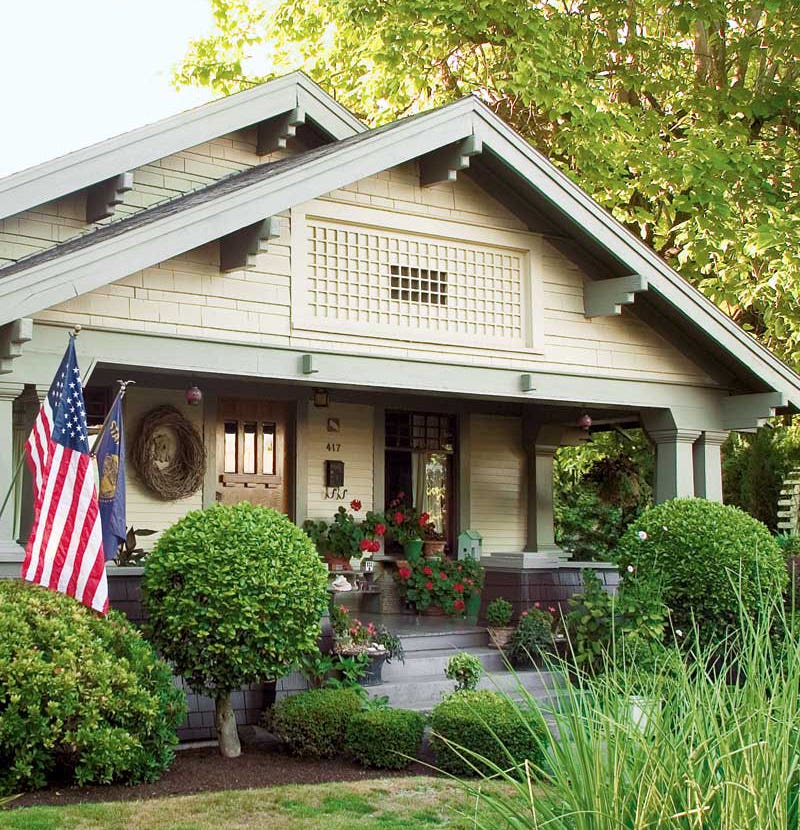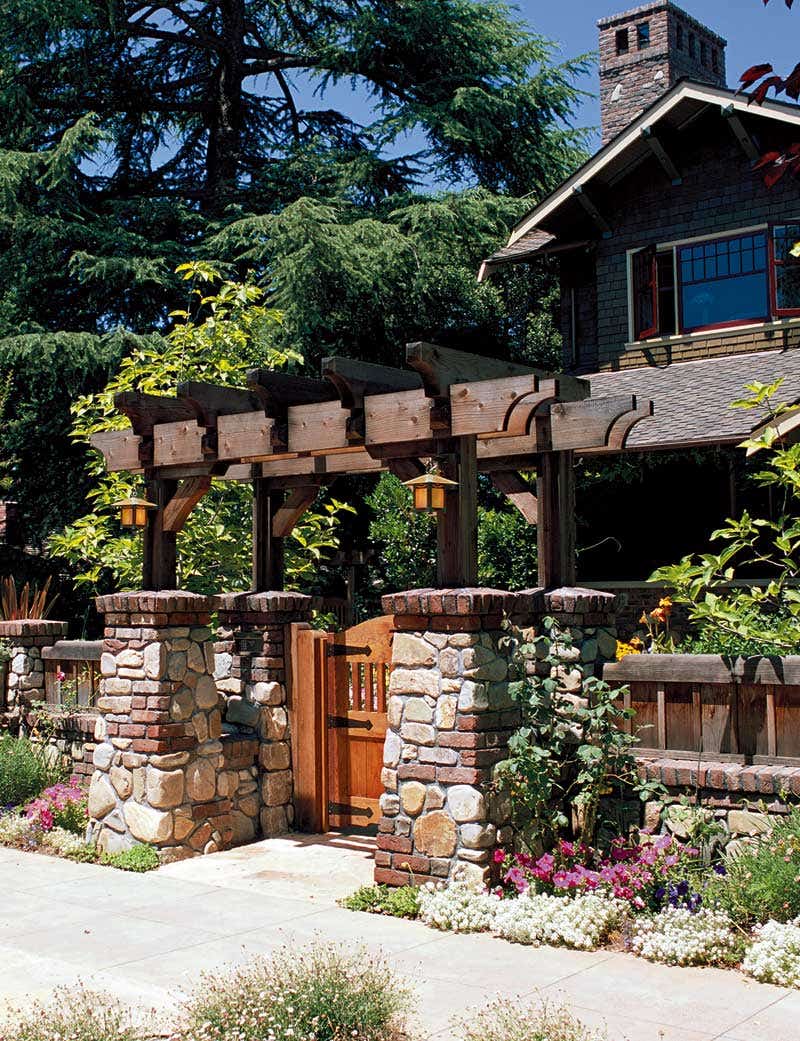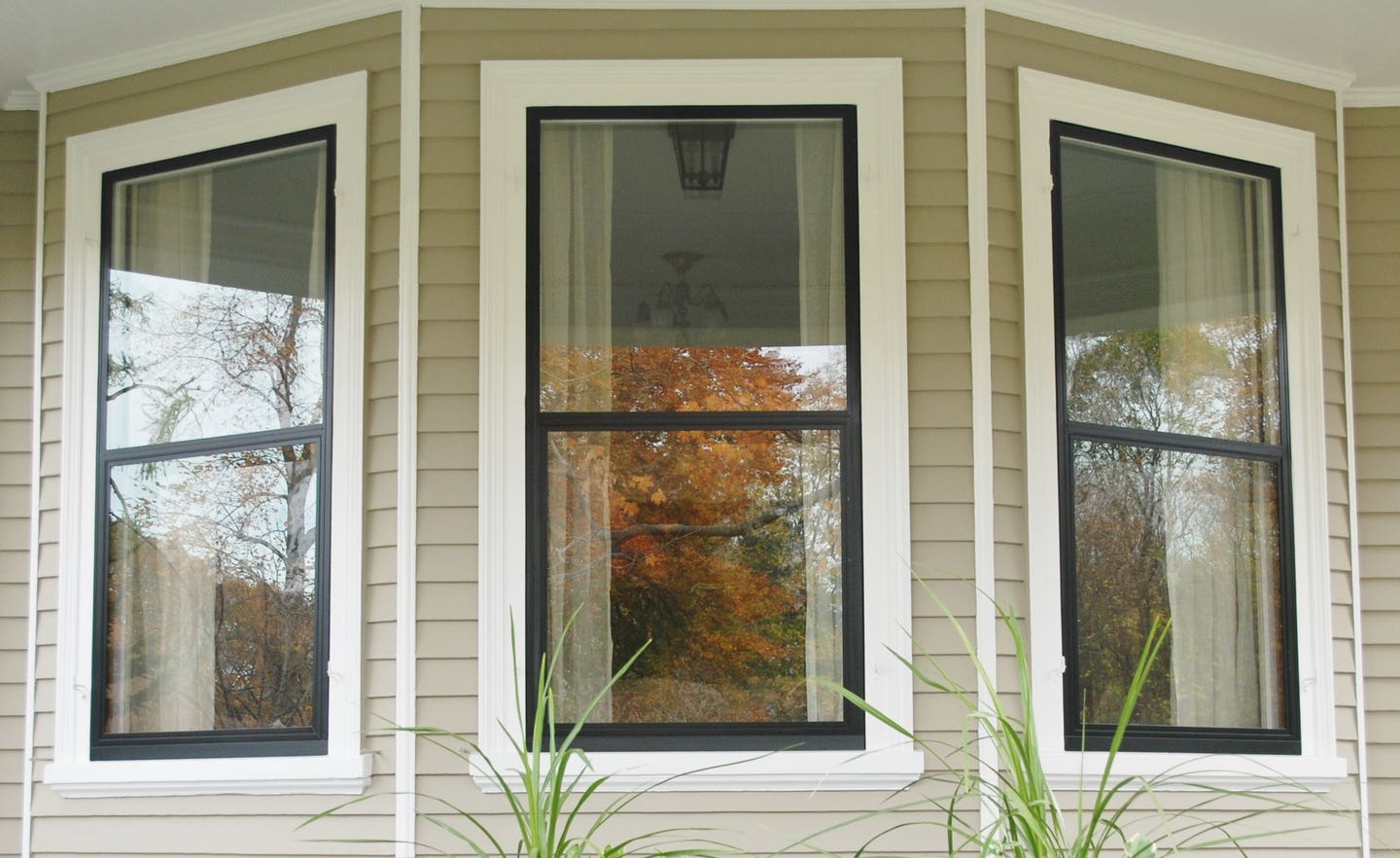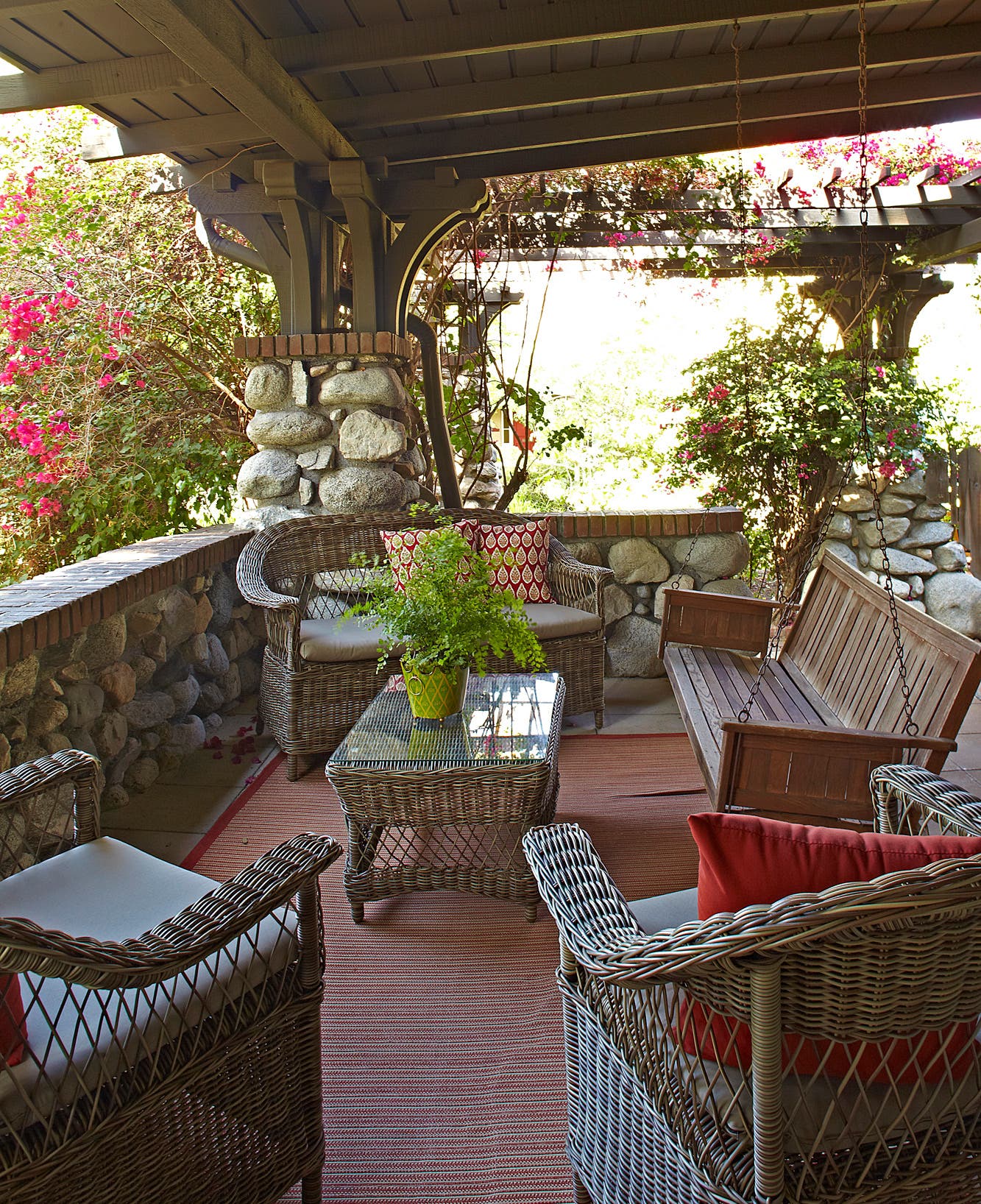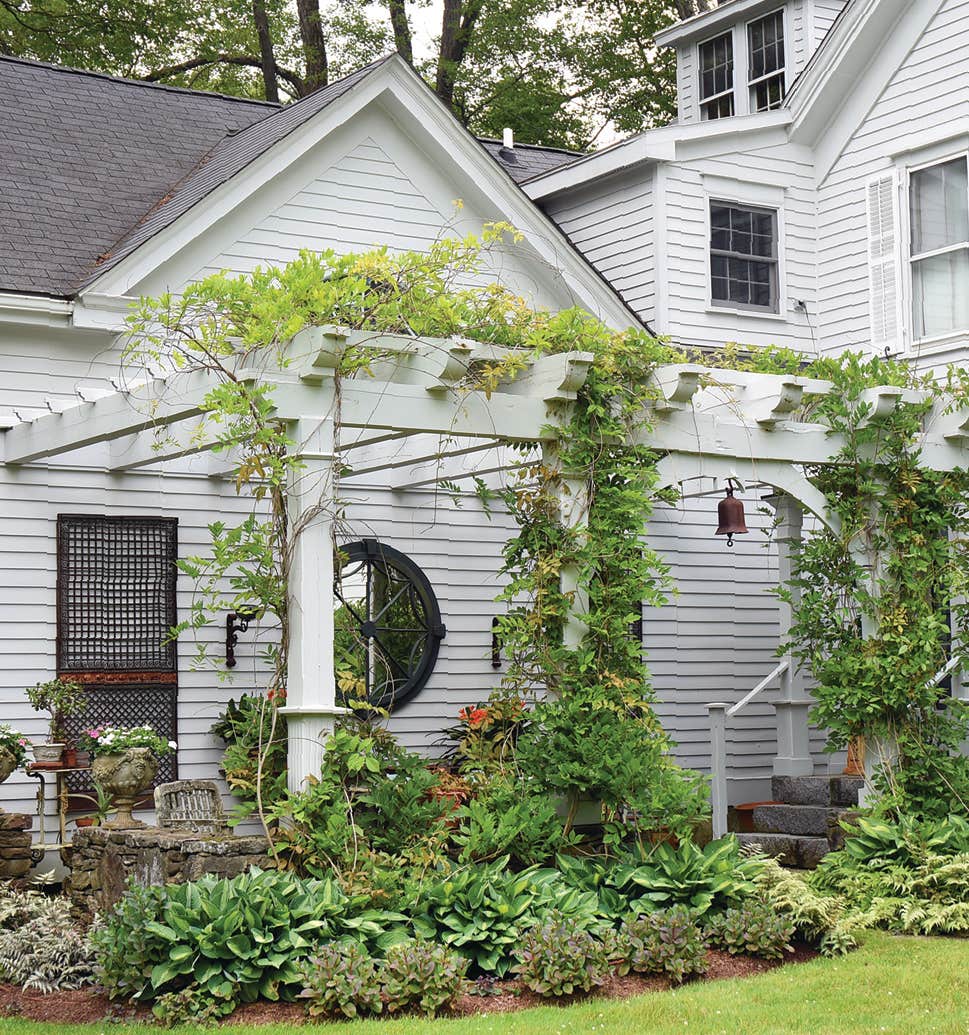From the Archive: The Porch Swing
Curtis Porchwork General Millwork Catalog Clinton, Iowa, 1914
For generations, nothing has said “summer” like sitting on a shady porch, enjoying the breeze. Likewise, the porch swing has been a fixture for more than a century, nostalgic in memory (and marketing).
Period porch swings were not the rickety, lightweight models sold on the cheap today. Some of the best were those over-scaled Mission Oak designs. It’s perhaps an overlooked niche among Arts & Crafts furniture enthusiasts. Furthermore, as the illustration attests, these rugged, plain swings look good on any porch. Generally hung from their corner posts on four heavy chains, they have a slow, stable rhythm. With cushioned bench seats and generous proportions, they invited long reads, afternoon naps, and card games. And they provided the backdrop for countless family portraits. (In fact, I have photographic proof that 11 cousins fit on the swing hanging at our family’s summer house.) Offered by companies including Stickley and Limbert, these swings also were made by many lesser-known companies.
The Curtis Companies were a large and influential conglomerate of associated sash, door, and millwork factories in the Midwest. They were a leading manufacturer of wood building components through the entire span of the Arts & Crafts period, sold through extensive, beautifully produced catalogs. From roof brackets and built-ins to colonnades and cabinetry, their work—much of it in the Craftsman style—remains in countless Bungalows and Foursquares across the country.
Bo Sullivan is the owner and founder of Arcalus Period Design and Bolling & Company, as well as the former senior designer and architectural historian at Rejuvenation, a leading manufacturer and marketer of classic American lighting and hardware.


